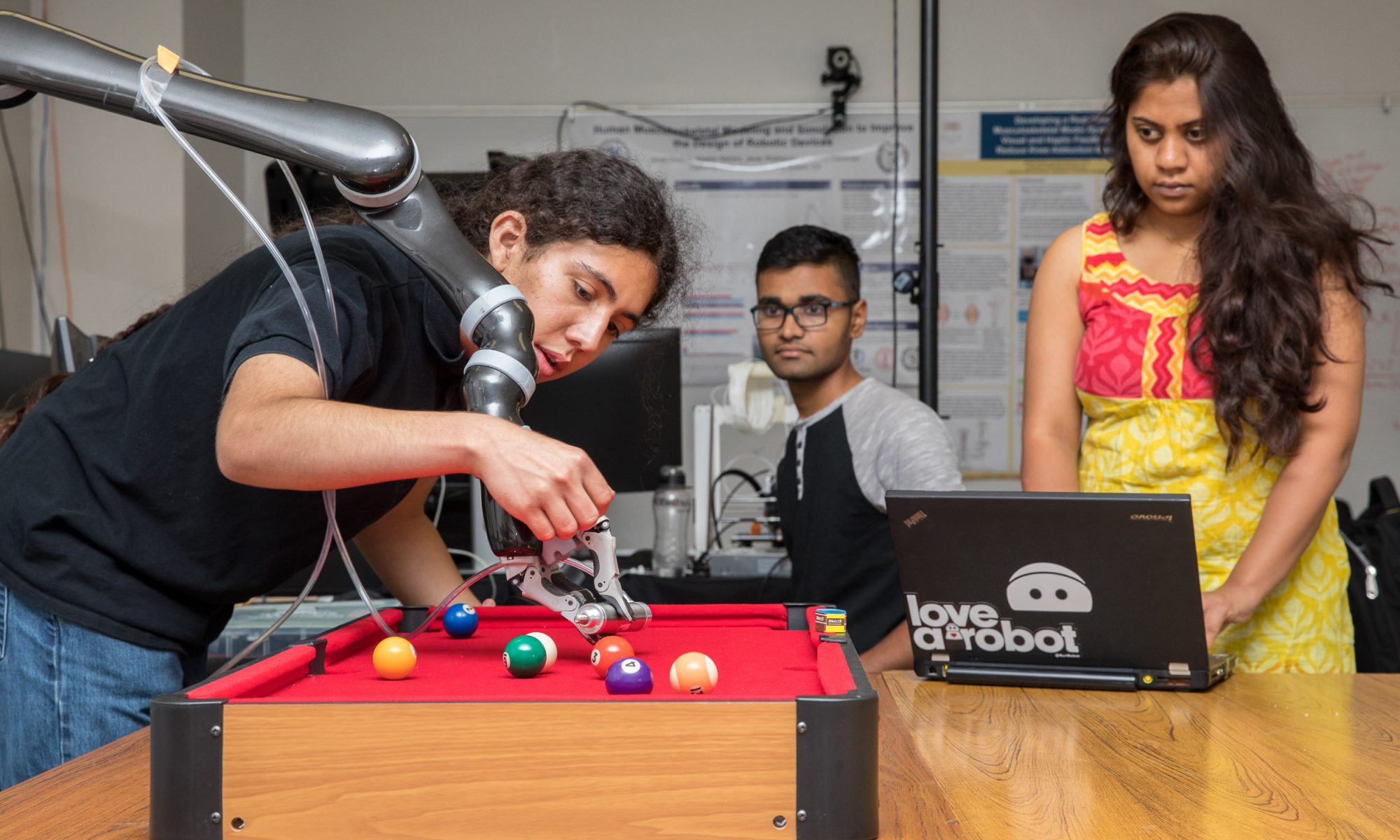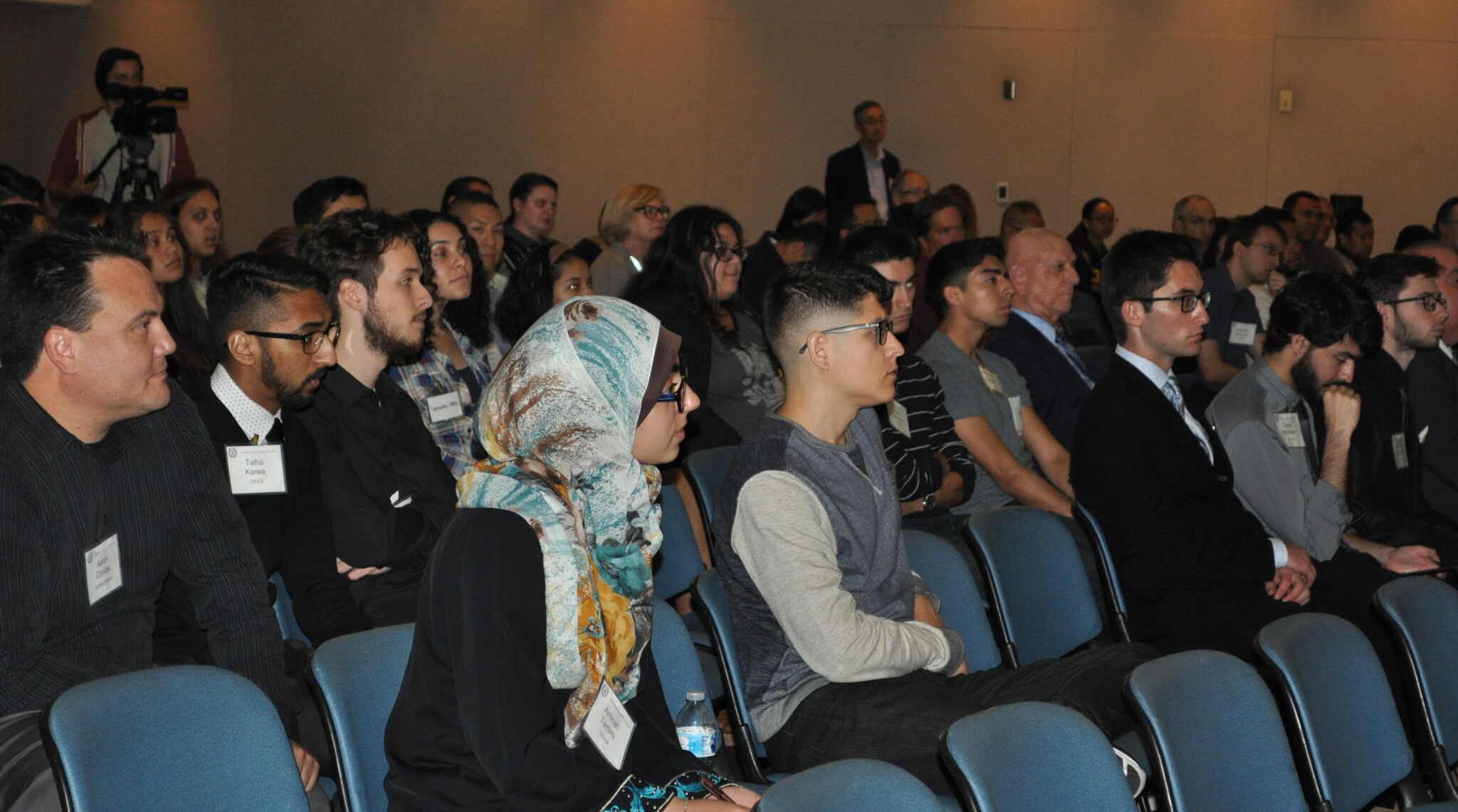At transportation terminals, automation is boosting productivity and creating safer work environments. In the medical device industry, it’s advancing product development and letting employees learn new technologies. And in aerospace, it’s leading to new manufacturing processes and a future age of autonomous aircraft.
At Thursday’s Fall Engineering Distinguished Lecture, representatives from all three industries shared how automation is changing the world—and the workforce.
“This is one of those topics that is very pertinent—automation, robotics, artificial intelligence—all the things we live with today,” said moderator Rolando Saldana, vice president of engineering at Qualcomm. “Going forward, we’re also seeing that industry is moving forward with automation. And these (speakers) are the folks who are putting together the systems.” Continue reading “How Automation Is Changing the World, and the Workforce”




